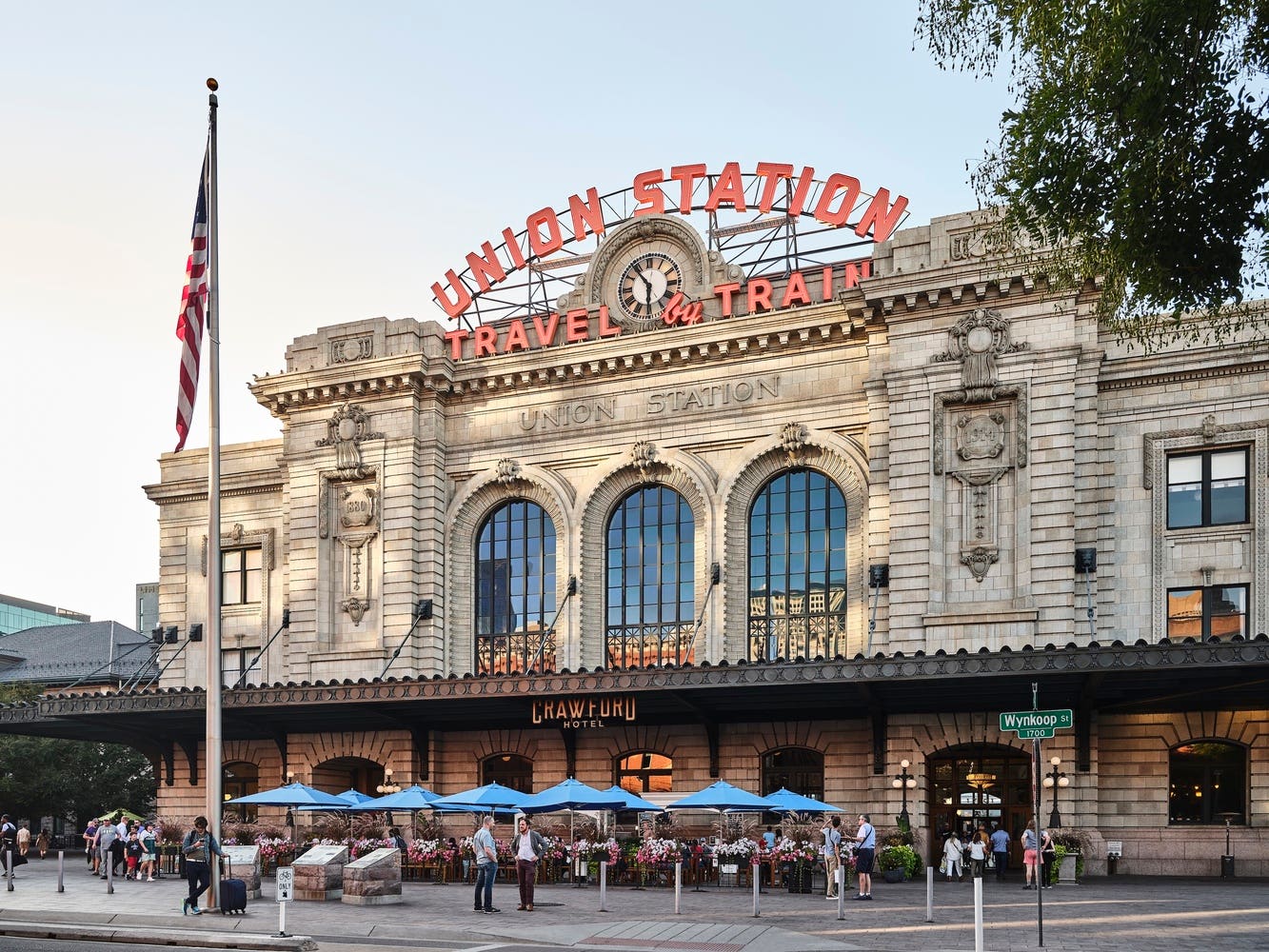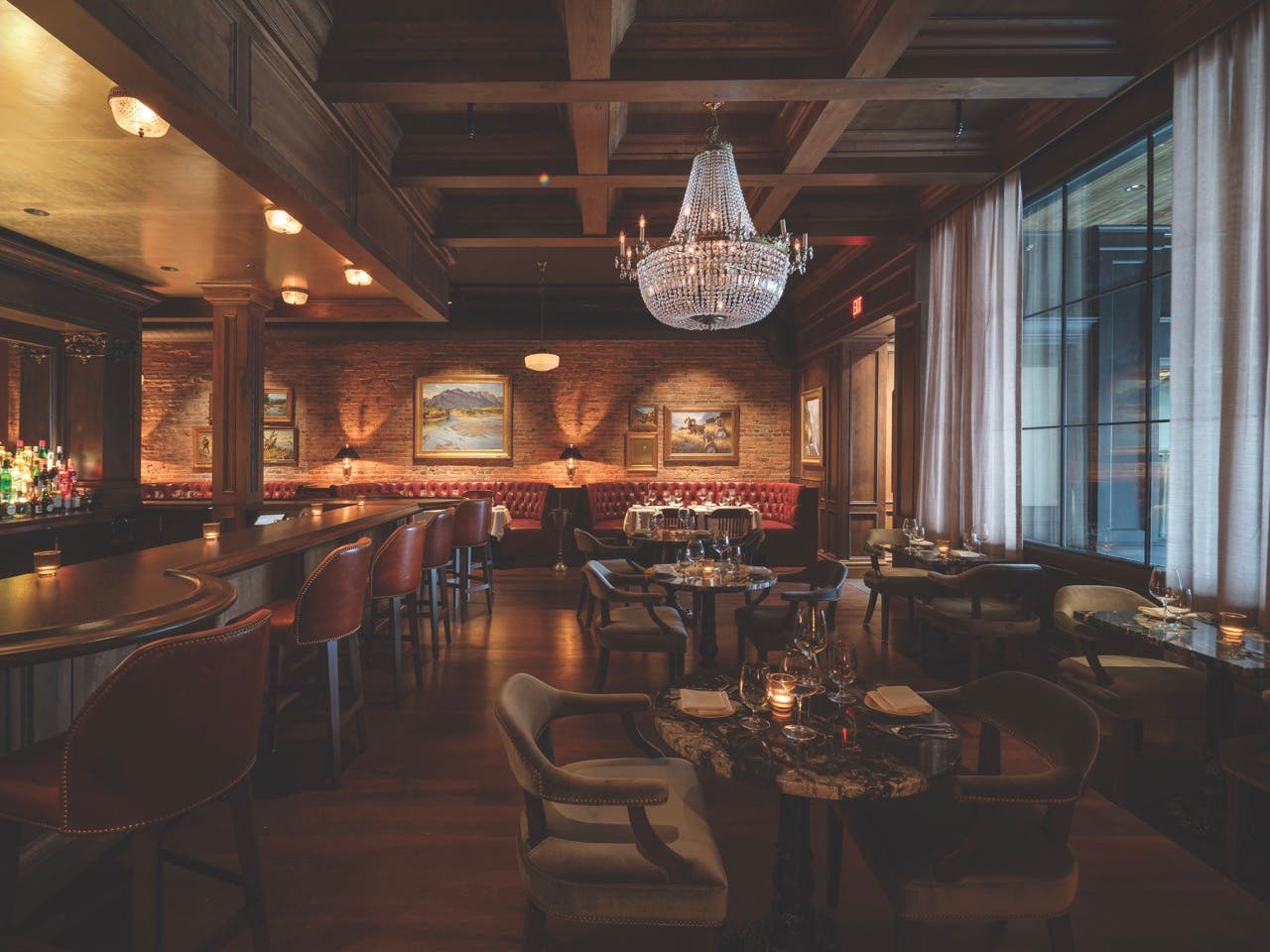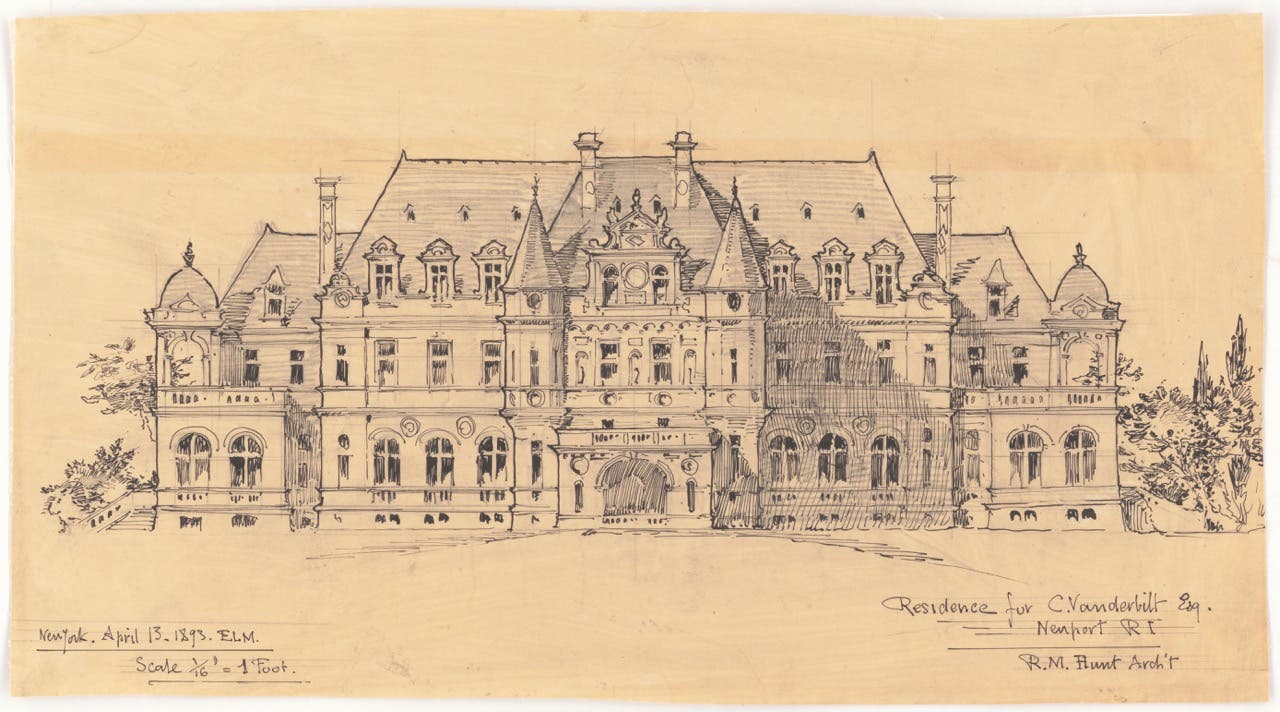
Features
The 25 – Liz Hallas
Over the last three decades, Liz Hallas, AIA, principal at Anderson Hallas Architects, has made a lasting impact on public-sector legacy projects throughout the West.
Her team’s innovative work for the National Park Service, including the Palladio Award-winning Sperry Chalet in the heart of Glacier National Park, preserves America’s past for future generations.
With a portfolio of work on National Historic Landmarks and Districts and hundreds of National Register-listed buildings, she sees her role as “saving buildings for the next generation, inspiring younger professionals, and rallying communities with the tangible outcomes of breathing new life into their historic buildings.”
With the touchstone of her family’s 1670s farmhouse, growing up she wished the walls could talk and says that “preservation is not for the faint of heart and requires a sense of adventure. Imagining the possibilities and charting the path forward—not only for the building but the community as well—takes visionary leadership.”
In addition to being a member of the AIA’s National Historic Resources Committee, she is a Colorado Historical Foundation trustee and a former chair of both Colorado Preservation Inc. and the Rocky Mountain Chapter of the Association for Preservation Technology.
“The inherent sustainability of building reuse has always appealed to me,” she says. “Preservation and adaptive reuse are becoming more mainstream, with the value of recycling our existing building stock ever increasing. The sustainability and preservation movements have been merging lanes, and building reuse will be critical for our efforts in climate change.”








